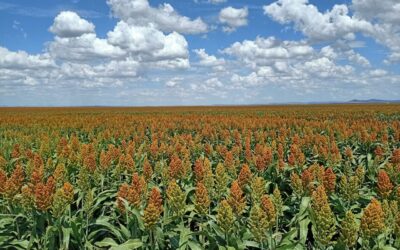BY REBECCA GILBERT FROM MRS HATHS’ FOREST NURSERY:
Bottlebrushes! Botanical name callistemon. I don’t know why but some people don’t like them so I’ll try to change their minds!
Let’s start with the fact that they are native, drought hardy, frost hardy, can tolerate wet soils, grow in all soil types, like full sun, once established have low watering needs and are a long-lived plant. Also, nice to note they don’t have an invasive root system.
They come in the most amazing array of colours from green to red, stunning pinks and purples and cream. They also range in size and shape from ground covers to big trees. Some of them weep, others make a great hedge or wind-break. Some are tall and narrow but once established and in full flower, are spectacular. The flower itself is actually made up of a number of individual tiny flowers which form the bottle brush shape.
What I love most about them is the way they attract native birds especially the little nectar feeding birds. It is no secret that I love the Superb Fairy Wren and I have the cutest little flock of them in the nursery and yep you guessed it, they live in all my bottlebrushes. Walking through the nursery is a delight to hear them all chirping away and chasing each other. Native trees attract native birds!
I often have people say to me ‘I don’t like bottlebrushes, they get woody’. Yes, they can get woody but that is often because they are left alone and not looked after or the right variety hasn’t been chosen for that particular spot. All plants need nurturing including the hardy old school natives. If you have a bottlebrush and it is a bit woody give it a fertilise and mulch and once it has flowered give it a prune. It’ll love you for it and you’ll notice the difference.




